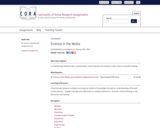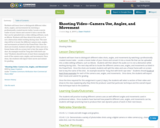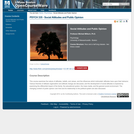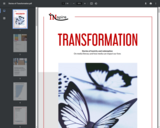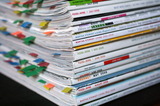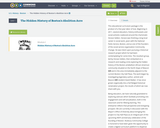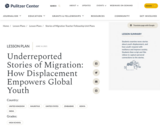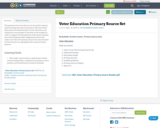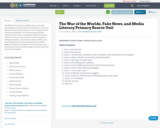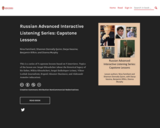
Short Description:
This is a series of 5 capstone lessons based on 5 interviews. Topics of the lesson are: Sergei Khrushchev (about the historical legacy of his father, Nikita Khrushchev), Sergei Enikolopov (crime), Viktor Loshak (journalism), Evgenii Aksenov (business), and Aleksandr Asmolov (education).
Long Description:
This is a series of 5 capstone lessons based on 5 interviews. Topics of the lesson are: Sergei Khrushchev (about the historical legacy of his father, Nikita Khrushchev), Sergei Enikolopov (crime), Viktor Loshak (journalism), Evgenii Aksenov (business), and Aleksandr Asmolov (education).
Authors: Nina Familiant, Shannon Donnally Quinn, Benjamin Rifkin
New version created by: Shannon Donnally Quinn with help from Lidia Gault
Word Count: 4544
(Note: This resource's metadata has been created automatically by reformatting and/or combining the information that the author initially provided as part of a bulk import process.)
- Subject:
- Business and Communication
- Career and Technical Education
- Criminal Justice
- Education
- English Language Arts
- History
- Journalism
- Political Science
- Social Science
- Material Type:
- Textbook
- Author:
- Benjamin Rifkin
- Darya Vassina
- Dianna Murphy
- Nina Familiant
- Shannon Donnally Quinn
- Date Added:
- 10/25/2021


